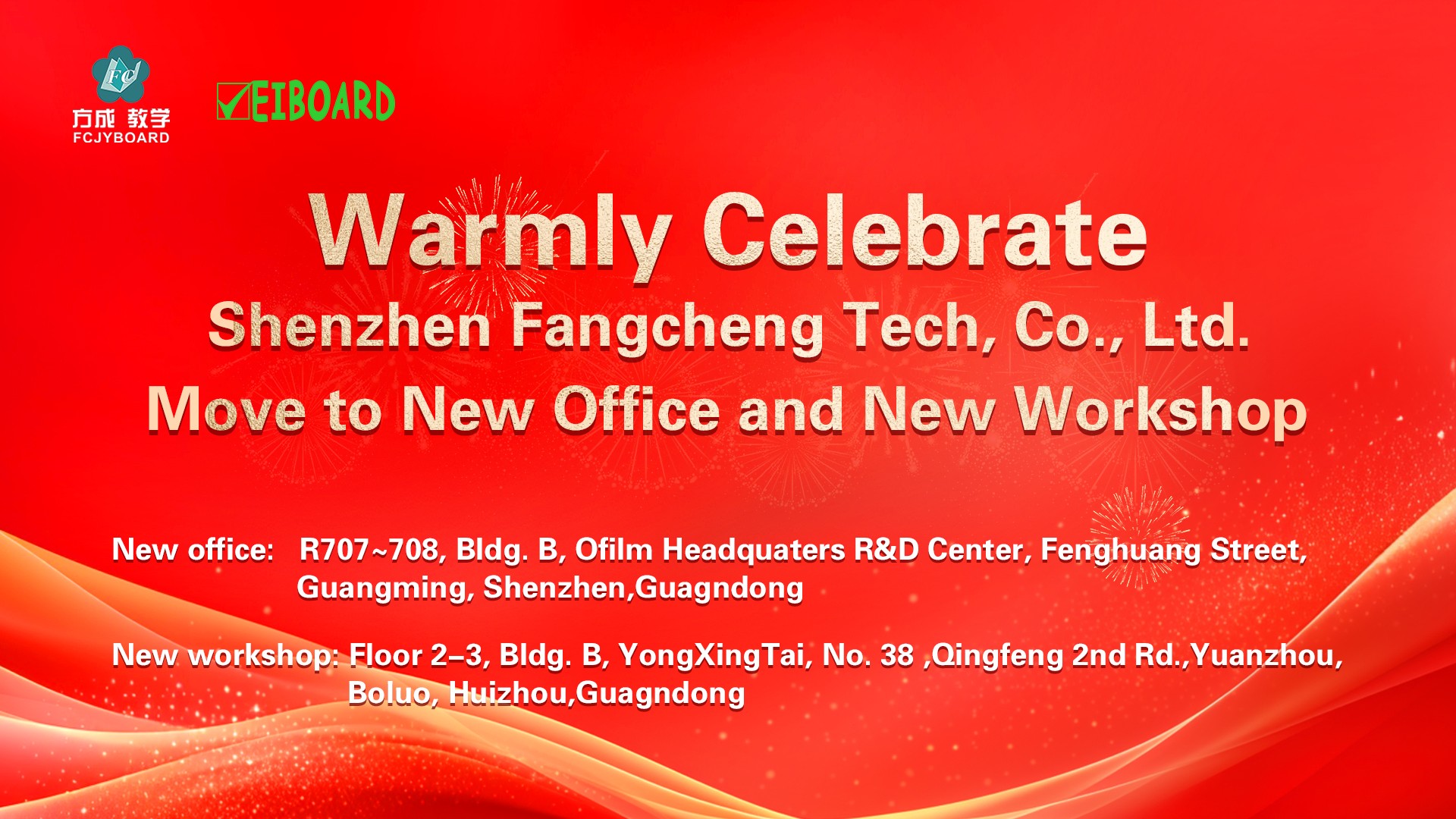The Origin of the Mid-Autumn Festival: A Journey Through Time and Tradition
The Mid-Autumn Festival, also known as the Moon Festival or the Mooncake Festival, is one of the most significant and widely celebrated holidays in many East Asian cultures. This festival, which falls on the 15th day of the 8th month of the lunar calendar, is a time for family reunions, moon gazing, and indulging in delicious mooncakes. But beyond the modern-day festivities lies a rich tapestry of history, mythology, and cultural significance that dates back thousands of years. This article delves into the origins of the Mid-Autumn Festival, exploring its historical roots, mythological tales, and the evolution of its customs and traditions.

Historical Roots
The Mid-Autumn Festival has its origins in ancient China, with its history tracing back over 3,000 years to the Shang Dynasty (1600-1046 BCE). Initially, it was a time for moon worship and harvest celebrations. The ancient Chinese believed that the moon was at its brightest and roundest on this day, symbolizing unity and completeness. This belief was closely tied to agricultural practices, as the festival marked the end of the autumn harvest when farmers would gather to give thanks for the bountiful crops.
During the Zhou Dynasty (1046-256 BCE), the festival became more formalized, with elaborate rituals and ceremonies dedicated to the moon. The emperor would offer sacrifices to the moon, praying for a good harvest and prosperity for the nation. This practice of moon worship continued to evolve over the centuries, becoming more ingrained in Chinese culture and society.
Mythological Tales
The Mid-Autumn Festival is steeped in mythology, with several legends contributing to its rich cultural heritage. Among the most famous is the tale of Chang'e, the Moon Goddess.
The Legend of Chang'e
According to legend, there were once ten suns in the sky, scorching the earth and causing great suffering. A heroic archer named Hou Yi shot down nine of the suns, leaving only one to provide light and warmth. As a reward for his bravery, Hou Yi was given an elixir of immortality. However, he did not want to leave his beloved wife, Chang'e, so he entrusted the elixir to her for safekeeping.
One day, while Hou Yi was away, a wicked man named Feng Meng tried to steal the elixir. To prevent it from falling into the wrong hands, Chang'e drank the elixir herself and ascended to the moon, where she became the Moon Goddess. Heartbroken, Hou Yi would gaze at the moon every night, hoping to catch a glimpse of his wife. This poignant tale of love and sacrifice is commemorated during the Mid-Autumn Festival, with people offering mooncakes and other treats to Chang'e in her honor.
The Jade Rabbit
Another popular legend associated with the Mid-Autumn Festival is that of the Jade Rabbit. According to this tale, three immortals disguised as beggars approached a rabbit, a fox, and a monkey, asking for food. While the fox and the monkey provided what they could, the rabbit, having nothing to offer, jumped into the fire to sacrifice itself. Touched by the rabbit's selflessness, the immortals resurrected it and sent it to the moon, where it became the Jade Rabbit, a companion to Chang'e. The Jade Rabbit is often depicted pounding herbs with a mortar and pestle, a symbol of its eternal service.
Evolution of Customs and Traditions
Over the centuries, the Mid-Autumn Festival has evolved, incorporating various customs and traditions that reflect the cultural diversity of the regions where it is celebrated. While moon worship and harvest celebrations remain central themes, the festival has also become a time for family reunions, feasting, and various forms of entertainment.
Mooncakes
One of the most iconic symbols of the Mid-Autumn Festival is the mooncake. These round pastries, often filled with sweet or savory fillings, are traditionally shared among family and friends as a symbol of unity and completeness. The practice of eating mooncakes dates back to the Yuan Dynasty (1271-1368 CE), when they were used to convey secret messages during a rebellion against Mongol rule. Today, mooncakes come in a variety of flavors and styles, reflecting regional preferences and culinary innovations.
Lanterns
Lanterns are another important aspect of the Mid-Autumn Festival. In ancient times, people would light lanterns to guide the spirits of their ancestors and to symbolize the hope for a bright future. Today, lantern displays and parades are common, with children often carrying colorful lanterns in various shapes and designs. In some regions, sky lanterns are released, creating a mesmerizing spectacle of floating lights against the night sky.
Moon Gazing
Moon gazing is a cherished tradition during the Mid-Autumn Festival. Families gather outdoors to admire the full moon, often accompanied by poetry recitations, music, and storytelling. The practice of moon gazing is deeply rooted in Chinese literature and art, with many famous poets and artists drawing inspiration from the moon's beauty and symbolism.
Regional Variations
While the core elements of the Mid-Autumn Festival are shared across East Asia, regional variations add unique flavors to the celebrations. In Vietnam, for example, the festival is known as Tết Trung Thu and is particularly focused on children, with elaborate lantern processions and lion dances. In Korea, the festival is called Chuseok and is marked by ancestral rites, traditional games, and the preparation of special foods like songpyeon (rice cakes).
Modern-Day Celebrations
In contemporary times, the Mid-Autumn Festival continues to be a vibrant and meaningful celebration, blending ancient traditions with modern sensibilities. In addition to traditional customs, new forms of entertainment and activities have emerged, such as mooncake-making workshops, cultural performances, and community events. The festival has also gained international recognition, with celebrations taking place in various countries with significant East Asian communities.
The Mid-Autumn Festival serves as a reminder of the enduring importance of family, community, and cultural heritage. It is a time to reflect on the past, celebrate the present, and look forward to the future with hope and gratitude. Whether through the sharing of mooncakes, the lighting of lanterns, or the simple act of gazing at the moon, the festival brings people together in a spirit of unity and joy.
Conclusion
The Mid-Autumn Festival is a testament to the rich cultural heritage and enduring traditions of East Asia. Its origins, steeped in history and mythology, provide a fascinating glimpse into the values and beliefs of ancient civilizations. As the festival continues to evolve, it remains a cherished occasion for family reunions, cultural expression, and communal celebration. By understanding the origins and significance of the Mid-Autumn Festival, we can appreciate the depth and beauty of this timeless tradition, and the ways in which it continues to bring people together across generations and cultures.












